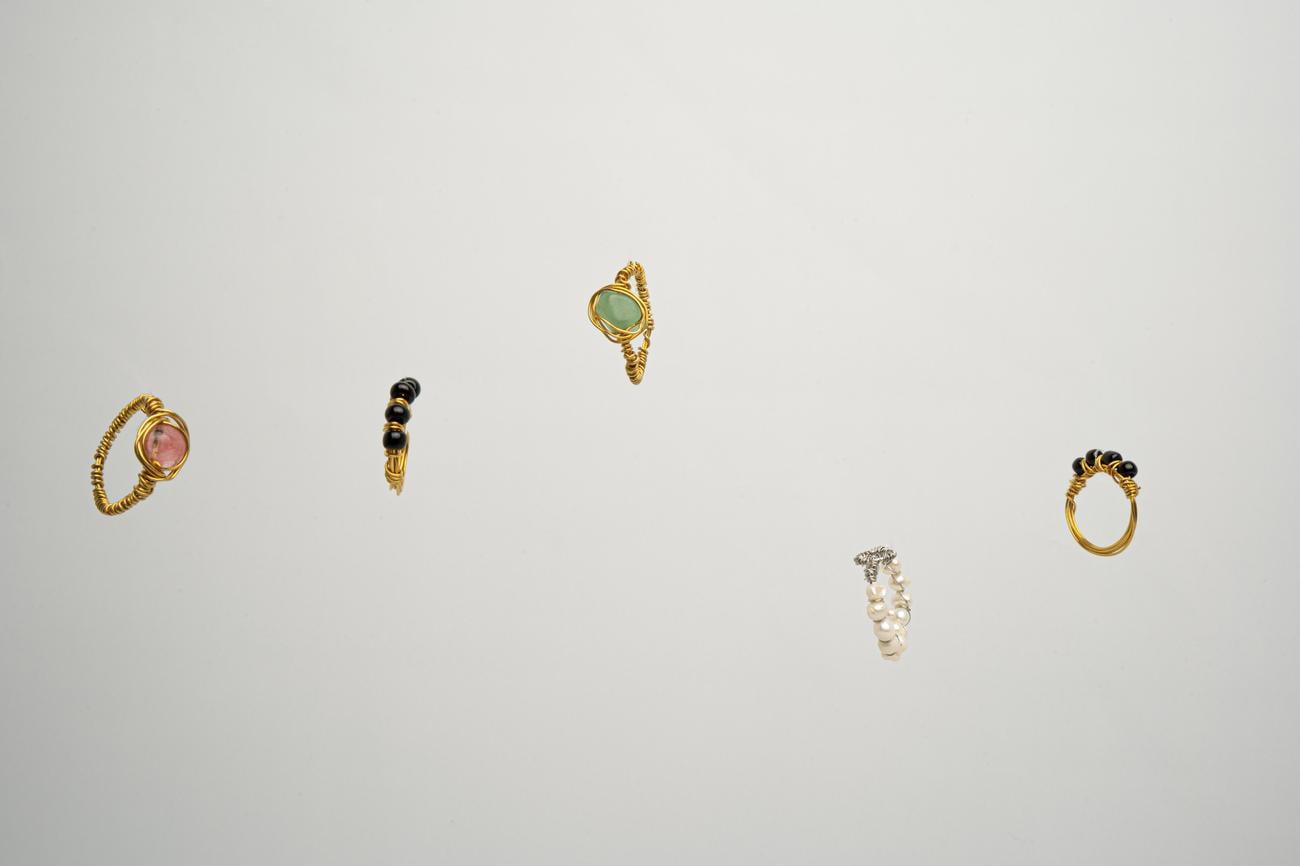Have you ever wondered about the captivating secrets hidden within the depths of the sapphire birthstone? Prepare to embark on a journey through time as we unveil the enchanting history and origins of this precious gem. As an experienced gemologist and historian, I have dedicated countless hours to unravelling the mysteries behind sapphires, delving deep into the annals of ancient civilizations, art, and mythology. Join me as we explore the evolution of this illustrious birthstone, meticulously piecing together a narrative that will transport you to the magical moments that shaped the sapphire’s story. Get ready to be captivated by its extraordinary past!

History and Origins of Sapphire Birthstone
From the moment you first lay eyes on a sapphire, it’s easy to understand why this captivating gemstone has such a rich history and holds a special place as the birthstone for September. Throughout the ages, sapphires have been prized for their celestial blue color, which symbolizes heaven and attracts divine favor and wise judgment.
In ancient times, civilizations across the world were fascinated by the allure of sapphires. The Greeks, in particular, believed that wearing sapphires would guide them when seeking answers from the oracle. This enchanting gemstone became a trusted companion in their quest for knowledge and wisdom.
The very name “sapphire” is derived from the Greek word “sappheiros,” which simply means a blue stone. This etymology is a testament to the prominence of sapphires in Greek society and their recognition of the captivating blue hue. The association of sapphires with the color blue has persisted throughout history, as this gemstone has come to symbolize truth, sincerity, and nobility.
If we delve further into the annals of history, we find that sapphires have a strong connection with royalty. For centuries, sapphires have adorned the fingers, necks, and crowns of royalty and the clergy alike. The elite of ancient Greece and Rome believed that blue sapphires possessed a protective quality, guarding their owners from harm and envy. This belief in the power of sapphires only heightened their desirability among the noble classes.
Aside from its association with regal figures, sapphire has long been seen as a symbol of beauty and serenity. The deep and rich blue color of sapphires mesmerizes people, evoking a sense of calm and tranquility. It is no wonder that sapphire has remained a favorite gemstone throughout the ages, captivating the hearts of both the past and the present.
As we trace back the history of birthstones, we uncover an ancient tradition that goes back thousands of years. The concept of birthstones can be found in various cultures and civilizations, with sapphire holding a significant place among them. The illustrious sapphire birthstone stands as a testament to the enduring allure of this gemstone and its historical significance.
To recap the captivating history and origins of the sapphire birthstone, it has been revered since ancient times for its celestial blue color and its symbolic associations with divinity, wisdom, and protection. Adorned by both royalty and the clergy, sapphire has stood the test of time as a symbol of beauty, serenity, and nobility. Its deep blue hue continues to captivate and mesmerize, making it a cherished gemstone for September birthdays and beyond.
Sapphires, the stunning blue gemstones, are not just a beautiful accessory but also hold fascinating facts about their symbolism and historical significance. If you’re curious to learn more about sapphire birthstones, click here for an in-depth exploration. Discover the hidden meanings behind sapphires and the rich cultural heritage they possess. Uncover the myths and legends surrounding these captivating gemstones and delve into their enchanting properties that have made them so highly sought after. To unveil the secrets of sapphire birthstones, follow this link: facts about sapphire birthstone.

FAQ
Question: What is the significance of sapphire as a birthstone for September?
Answer: Sapphire has been the birthstone for September since ancient times. Its celestial blue color symbolizes heaven and is believed to attract divine favor and wise judgment.
Question: What is the origin of the name “sapphire”?
Answer: The name “sapphire” comes from the Greek word “sappheiros,” which refers to a blue stone. This reflects the enchanting blue hue for which sapphire is known.
Question: How has sapphire been associated with ancient civilizations?
Answer: Sapphire has a long history of association with ancient civilizations. The Greeks, for example, wore sapphire when seeking guidance from the oracle. The elite of ancient Greece and Rome also believed that blue sapphires protected them from harm and envy.
Question: What qualities does sapphire symbolize?
Answer: Sapphire has symbolized truth, sincerity, and nobility for thousands of years. It is seen as a symbol of beauty and serenity, reflecting its deep, rich blue color.
Question: Who has historically adorned themselves with sapphire?
Answer: Sapphire has been closely associated with royalty and the clergy for countless centuries. Its historical significance and captivating color have made it a gemstone of choice for those in positions of power and prestige.
- Unveiling Bernhard Caesar Einstein’s Scientific Achievements: A Legacy in Engineering - July 15, 2025
- Uncover who is Jerry McSorley: CEO, Family Man, Business Success Story - July 15, 2025
- Discover Bernhard Caesar Einstein’s Scientific Contributions: Unveiling a Legacy Beyond Einstein - July 15, 2025















